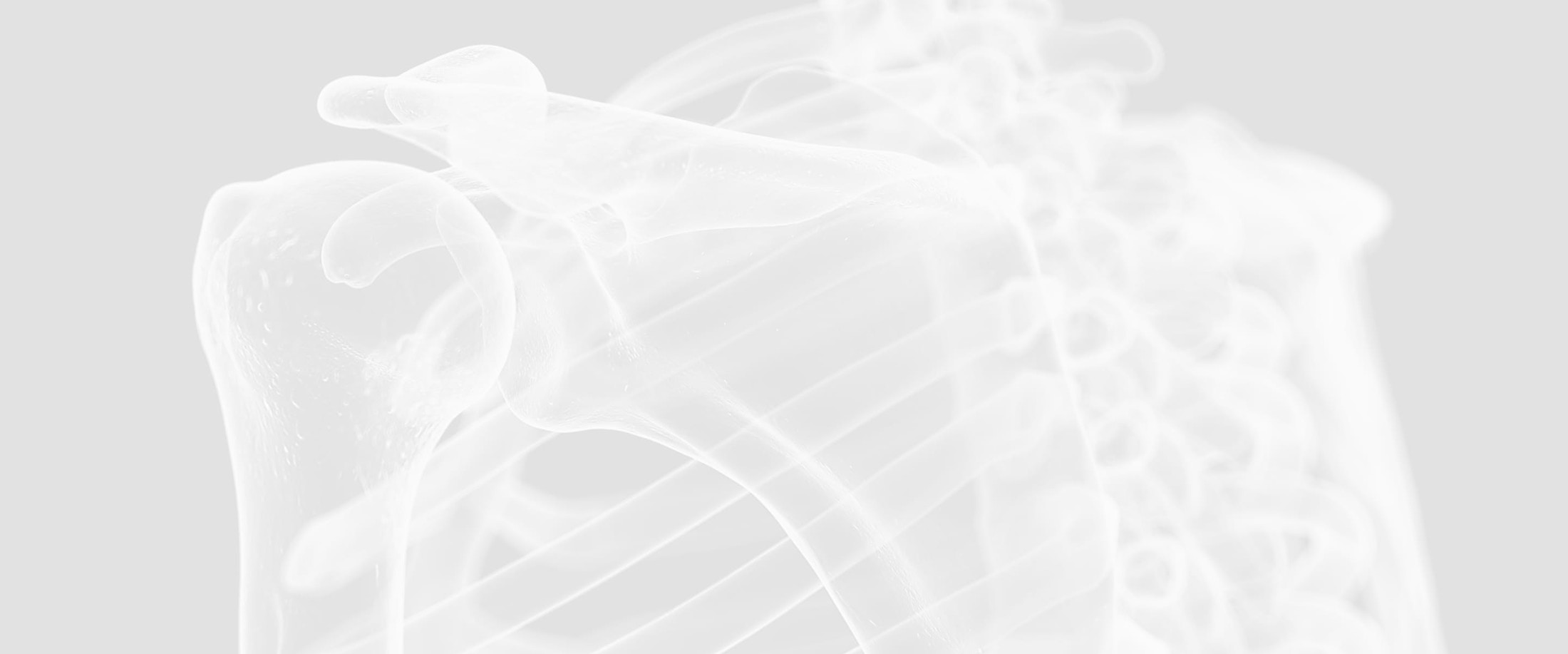What Are the Causes of Spinal Stenosis?
Spinal stenosis is often the result of degenerative changes, but in rare cases, it may lead to cauda equina syndrome—a serious condition. If you experience symptoms such as loss of bowel or bladder control, pain, weakness, or numbness in your legs, immediate medical attention is critical.
Other common causes of spinal stenosis include:
- Osteoarthritis and degenerative changes in the discs and joints
- Spondylolisthesis (slippage of a vertebra)
- Bone spurs
- Tumors
- Trauma to the spine
- Congenital conditions, including dwarfism




